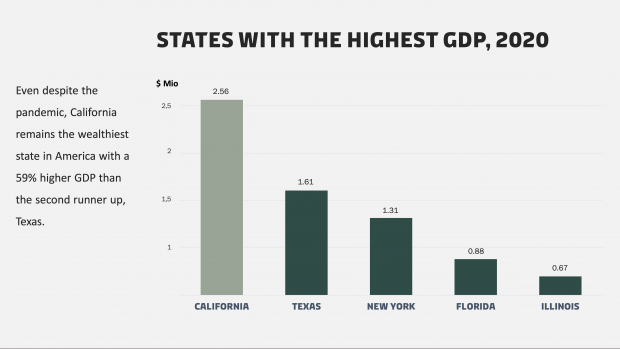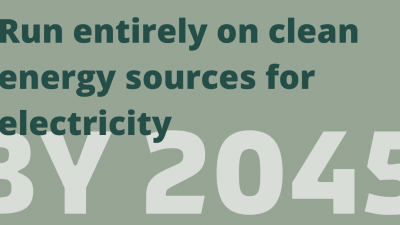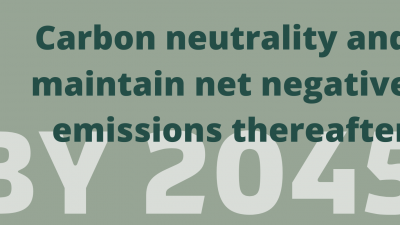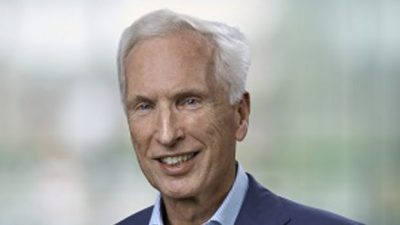
#1 Silicon Valley Going Green: California – A Global Green Frontrunner
Since federal policies and priorities have shifted with changes in government, California has been a consistent frontrunner in the green transition. This week’s ‘Going Green’ article takes a closer look at the state of California, their current work on climate legislation and how the government is actively trying to foster and support green innovation through legislation.
While federal policies and priorities have shifted with changes in government, California has been a consistent frontrunner in the green transition. The state has set some of the most ambitious mid-century climate goals in the world and drives the green transition wielding a unique political, economic, technological and innovation toolbox. California has a lot to offer Danish stakeholders looking for green business opportunities, research and innovative, strategic partnerships. Climate Action Progressing on the State Level.
The United States is the second-largest emitter of carbon in the world and the highest producer of greenhouse gasses per capita. Climate change splits public opinion in the US, and the dominant political parties differ markedly in their views on energy and the environment. An example is the Trump administration’s decision to withdraw from the Paris Agreement, which sets out a global framework for limiting global warming and reducing carbon emissions. President Biden has signed the executive order to rejoin the Paris Agreement and has put forward plans for investing 1.7 trillion USD in low-carbon technology that would put the US on a path to net-zero emissions no later than 2050. Irrespective of policies on the federal stage, climate action at the state level has been moving ahead. Twenty-five US states have independently joined the United States Climate Alliance, committing to reduce emissions consistent with the Paris Agreement, and many climate and energy policies are being developed and implemented at the state level.

California is at the forefront of the efforts to decarbonize the economy. As the largest state in the US—with 40 million inhabitants (and consumers)—and the fifth-largest economy in the world, California wields significant influence. Laws, regulations, consumer trends and business models emanating from California often act as a signal of change and driver for action elsewhere. This is apparent in the digital sphere, where Google, Apple and Facebook have made their mark globally, but California also takes a le ad when it comes to the energy and environmental sphere.
Ambitious Goals
California has set some of the most ambitious climate targets in the world. The current goal is to have 100% clean electricity and a 100% carbon neutral economy by 2045, with net negative emissions after 2045—that is, not just reducing existing emissions, but removing carbon from the air. As an intermediate goal, the state aims for 60% of delivered power to come from renewable sources in 2030.
A longstanding environmental leader
California has a long history of prioritizing environmental policy. In 1884, an epic anti-dumping ruling in the aftermath of the gold rush put California on this environmentally friendly path. California was the first state to introduce tailpipe emissions standards in 1966, and was leading the way on air pollution control with the establishment in 1967 by then Governor Ronald Reagan of the California Air Resources Board. California was also the first state to implement energy efficiency standards in 1974. The first in the nation law to place a cap on greenhouses emissions, the Global Warming Solutions Act in 2006, was passed under Republican Governor Arnold Schwarzenegger, demonstrating that historically, Californian climate efforts have been bi-partisan, with political support from both Republican and Democratic administrations. Recent polls (PPIC) suggest that a majority of voters believe it is very important that California remain a world leader in fighting climate change.
For the transportation sector, which is responsible for approximately 40% of emissions in the state, California has a political goal of having 5 million zero-emission vehicles on the road by 2030. In 2020, Governor Newsom issued an order requiring that all cars and passenger trucks sold in 2035 be zero-emission vehicles.
“California has long prided itself on being a leader in terms of low-carbon green growth goals. But they are inadequate. The most significant thing we can do is accelerate our goals.” Californian Governor Gavin Newsom, 23 September 2020 – upon issuing an executive order to ban sales of fossil-fuelled cars and passenger trucks by 2035.
California prioritizes energy efficiency as a key component of its energy policies and has committed to doubling energy efficiency savings by 2030 compared to 2015. Governor Newsom in 2020 added a new element to the Californian decarbonization efforts, by issuing an executive order pledging to conserve 30% of land and coastal water by 2030, with the aim of protecting biodiversity and harness natural-based solutions to store and remove carbon from the atmosphere.
California exerts its political influence outside the state in the US Climate Alliance and by spearheading the Under2Coalition, a group of more than 200 subnational jurisdictions, which combined encompass 1.3 billion people and 43% of the world economy, that have pledged to ambitious climate action in line with the Paris Agreement.
Tools of Change
California’s strategies for achieving its ambitious goals encompass a suite of sector-specific standards and incentive programs as well as overarching climate policies aiming to reduce emissions. Among the centerpiece climate policies is the Cap and Trade Programme, the fourth largest emissions trading system in the world, introduced in 2013. Businesses responsible for approximately 85% of the state’s emissions are required to comply. Emissions allowances are traded at auctions, having generated more than 12 billion USD in revenues that are being deposited in the state Greenhouse Gas Reduction Fund. As of 2020, projects for more than 5 billion USD have been implemented, with the majority of funding being allocated to transportation and sustainable agriculture.

Another key component in California’s decarbonization efforts is the Low Carbon Fuel Standard (LCFS), implemented in 2011, designed to reduce the carbon intensity of the transportation fuel pool by 20% by 2030 and increase the range of lower-carbon, alternative fuels. Carbon Capture and Sequestration projects are included in the LCFS credit program, which in 2018 had resulted in a 6% reduction in fuel carbon intensity and the creation of a market for LCFS credits exceeding 2 billion USD. Other programs, such as the Low Carbon Fuel Production Program and the Clean Transportation Program, further aims to accelerate the deployment of clean vehicle technologies and improve access to clean transportation by leveraging public and private investments.
California’s ambitious targets on green electricity is supported by f.ex. the Renewable Portfolio Standard setting out renewable energy procurement targets for electricity providers. The Electric Program Investment Charge (EPIC) is another important program, investing more than USD 130 million annually in clean energy research as well as demonstration projects to accelerate the transformation of the electricity sector. EPIC also supports the California Energy Innovation Ecosystem, where clean energy entrepreneurs get access to networking, funding opportunities, mentoring, facilities and expertise.

California is also a pioneer in energy efficiency and f.ex. has legislation requiring utilities to gradually increase shares of renewable energy and improve customers’ energy efficiency as well as extensive, green building codes. In the building sector, which accounts for roughly 25% of the state’s GHG emissions, there are extensive efforts to boost energy-efficient retrofitting to decarbonize the entire building stock. Programs such as EPIC and financial incentives from the utilities are a crucial stimulus to reduce carbon emissions and increase energy efficiency in buildings. In 2017, California spent approximately 1.5 billion USD on energy efficiency programs.
Acknowledging the role the state can play as a major employer and asset manager, Governor Newsom in 2020 introduced a new Climate Investment Framework, setting out to integrate climate risk strategies of the state’s 3 largest pension fund into a statewide approach and develop common climate risk disclosure standards. The pension funds were also directed to increase allocations to low-carbon indexes and increase investment in sustainable technologies. With 700 billion USD in assets under management – more than double Denmark’s GDP – the potential in aligning investments with climate goals is significant.

The Innovative Power of California
Policymakers in the state of California are paving the road to carbon neutrality with ambitious climate goals, policies, incentive programs and R&D activities. At the same time, California is home to some of the best universities in the world, innovative entrepreneurs from all over the globe, large amounts of capital and a plethora of risk-willing investors, many of them gathered in and around the most innovative hub in the world in Silicon Valley and Los Angeles. The unique ecosystem of Silicon Valley has spun out world-changing technologies and business models, and thrives on a general belief that technology can and will change the world for the better. Leveraging all these substantial assets, California is well-positioned to advance towards the finishing line of the Paris Agreement in time— and inspire others along the way.
Building Bridges Between California and Denmark
Similar to California, Denmark has ambitious climate goals, as well as world-class research, green technology and know-how. The Danish Representation in Silicon Valley is actively promoting political, research, innovation and commercial collaboration with California. Denmark is already exchanging expertise with California in their journey towards carbon neutrality while paving the way for the export of Danish green technologies in renewable energy, water technology and energy efficiency. The Representation is also facilitating research collaboration, technology insights, corporate innovation and linking innovative ecosystems for climate startups to test, grow and scale their technologies. The opportunities for collaborating on enhancing knowledge, developing technology and growing green businesses – while contributing to achieving joint, global climate goals – are significant.
Read more about the opportunity to collaborate with the state of California at Innovation Centre Denmark in Silicon Valley’s website.












Comments